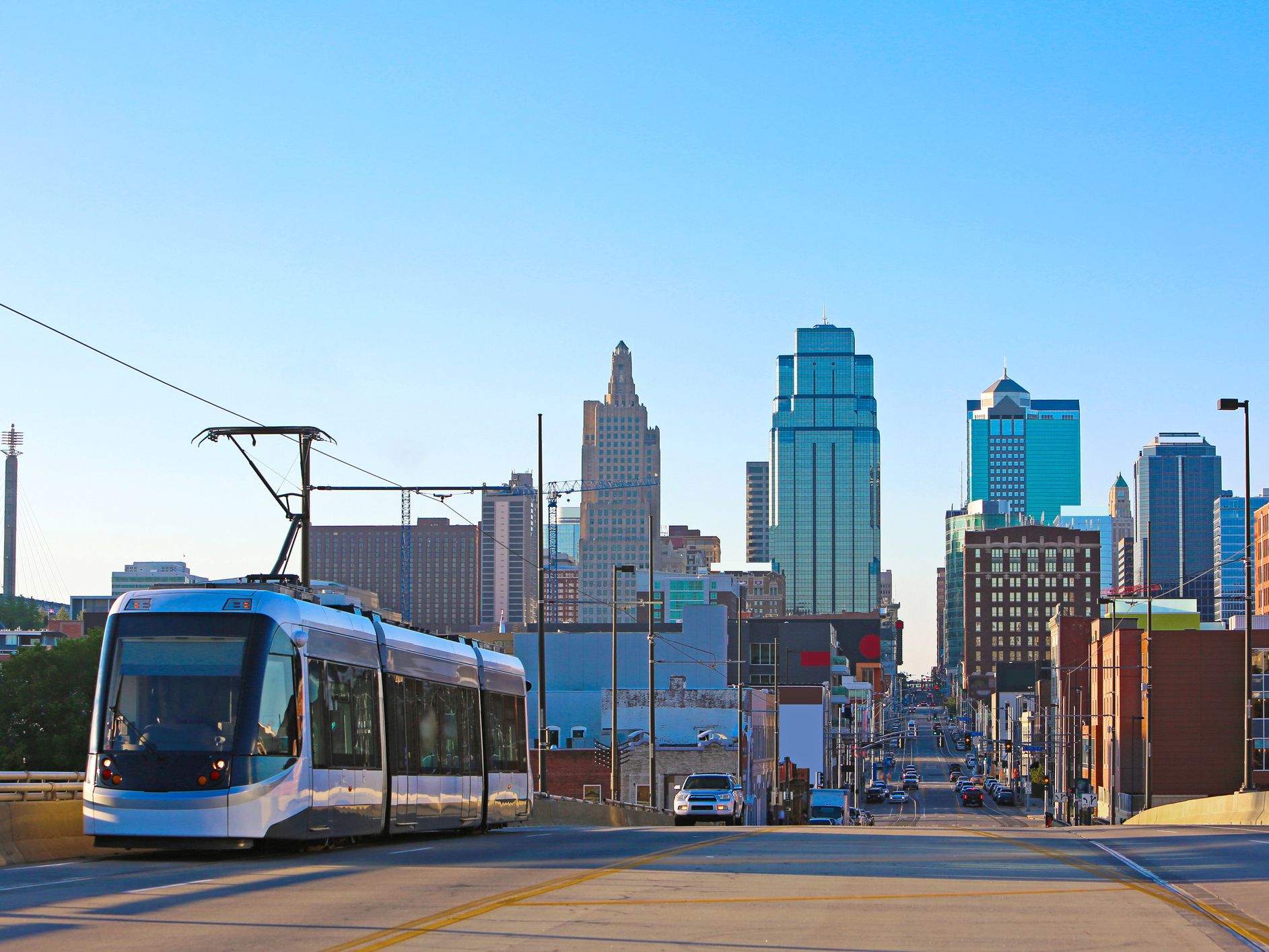A group of Kansas and Missouri local elected officials including Emanuel Cleaver and Sharice Davids, along with Mayors Eileen Weir and Tyrone Garner, recently announced plans for the construction of a 24-mile Kansas-Missouri Bi-State transit corridor.
The plan was also endorsed by the Mid-America Regional Council, a nonprofit association of city and county governments and the Metropolitan Planning Organization for the bistate Kansas City region, the Kansas City Area Transportation Authority, a public transit agency in metropolitan Kansas City, and RideKC.
Overview of the Kansas-Missouri Bi-State Transit Corridor
This new Bi-State transit corridor on which electric buses are set to operate will begin at Independence, Missouri, and travel up until the Legends Outlets areas in Kansas servicing between 85,000 and 90,800 people along the route.
Also Read South Corridor in Florida US to be converted into Bus Rapid Transit Project
According to Cleaver, who is a U.S. Rep. and Kansas City Democrat, the rapid transit corridor would have a zero-emission design, which aligns with the Kansas City Regional Climate Action Plan of achieving zero greenhouse gas emissions by 2050.
The U.S. Rep. and Kansas City Democrat also mentioned that license plate readers would be installed along the route, to ensure that the corridor in addition to zero emissions it also has zero crimes as well.
Other works proposed along the route
The Kansas-Missouri Bi-State Transit Corridor project also covers upgrades to pedestrian and bicycle infrastructure, and it is expected to attract grants for the construction of bridges and new affordable housing units along the route, development of high-speed internet, and school improvements.
Homes along the route are also expected to be made energy efficient as part of the project that the developers describe as a cooperative effort to create and implement a transformational strategy, which would lead to improved mobility, reduced carbon emissions, and more economic growth in communities.

